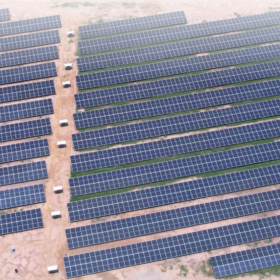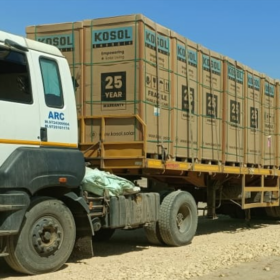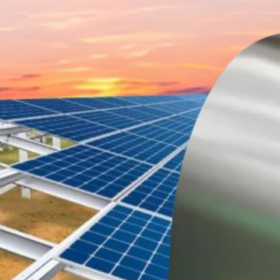According to the United Nations Environment Program (UNEP), a green economy is a strategy that increases human well-being while considerably lowering environmental dangers and ecological resource shortages. It is, in essence, an economy that places a strong priority on reducing carbon emissions while also creatively accommodating all socioeconomic groups. By improving the efficiency of resources and energy use, it seeks to lower pollution and carbon emissions.
The rising economies around the globe for the last 15 years have been major contributors to the sharp increase in worldwide carbon measurements. According to recent data, carbon dioxide (CO2) measurement was 418 parts per million in January 2022, an increase of around 11% from the 378 parts per million recorded since 2007. This statistic has been rising steadily, with a compound average growth rate (CAGR) of roughly 0.73% from 2016 to 2021.
The move towards a low-carbon economy
A low-carbon economy is a type of advanced, innovative economic development model that is distinguished by increasing the effectiveness of energy use and developing clean energy sources based on minimal energy use, pollution, and emissions. The recently concluded United Nations Climate Change Conference (COP27) 2022, held in Egypt, placed emphasis on the transition to a low-carbon economy by pointing out that, in order to achieve net zero emissions by 2050, about USD 4 trillion per year in renewable energy investments must be made up until 2030. Additionally, a global shift to a low-carbon economy is anticipated to require investments of at least USD 4-6 trillion per year.
India’s approach towards a low carbon economy
For the years 2021–2030, India’s updated Nationally Determined Contribution (NDC) serves as the framework for the transition to cleaner energy. The revamped framework will present a chance to improve India’s manufacturing capacity and boost exports, along with many other government measures including tax breaks and incentives like the Production Linked Incentive scheme for the promotion of manufacturing and adoption of renewable energy. Overall, it will boost the number of green jobs in fields like renewable energy, clean energy industries, the automotive industry, the production of low-emission goods like electric vehicles and incredibly efficient appliances, and cutting-edge technologies like green hydrogen, etc.
The new National Development Plan will be executed over the years 2021–2030 via programmes and schemes of pertinent Ministries/Departments and with the necessary assistance from States and Union Territories. To increase India’s efforts in both adaptation and mitigation, the government has developed a number of projects and programmes. In accordance with these plans and programmes, suitable measures are being taken in a number of sectors, including, among others, water, agriculture, forestry, energy, business, sustainable mobility, housing, and resource efficiency. The aforementioned actions have caused India to steadily continue to isolate economic growth from greenhouse gas emissions.
To conclude
For sustainable development, a low-carbon economy is not an option but rather a requirement. The shift to a low-carbon economy offers both a significant opportunity and a tremendous challenge. An opportunity exists in that the commercialization of low-carbon solutions, such as clean energy technology, has the potential to both further stimulate a significant emerging market and promote the change of the global energy system.
At the same time, this shift poses a huge challenge since it will cost a lot of money to change economies that have been dependent on an energy system that has mostly been built on fossil fuels.
The key to a successful transition towards the adoption of a low-carbon economy is a collaboration between the public and private sectors, as well as opportunities to engage with other countries across the world. This will involve close coordination between policy, technology, and capital.
Authored by:
This content is protected by copyright and may not be reused. If you want to cooperate with us and would like to reuse some of our content, please contact: editors@pv-magazine.com.








By submitting this form you agree to pv magazine using your data for the purposes of publishing your comment.
Your personal data will only be disclosed or otherwise transmitted to third parties for the purposes of spam filtering or if this is necessary for technical maintenance of the website. Any other transfer to third parties will not take place unless this is justified on the basis of applicable data protection regulations or if pv magazine is legally obliged to do so.
You may revoke this consent at any time with effect for the future, in which case your personal data will be deleted immediately. Otherwise, your data will be deleted if pv magazine has processed your request or the purpose of data storage is fulfilled.
Further information on data privacy can be found in our Data Protection Policy.